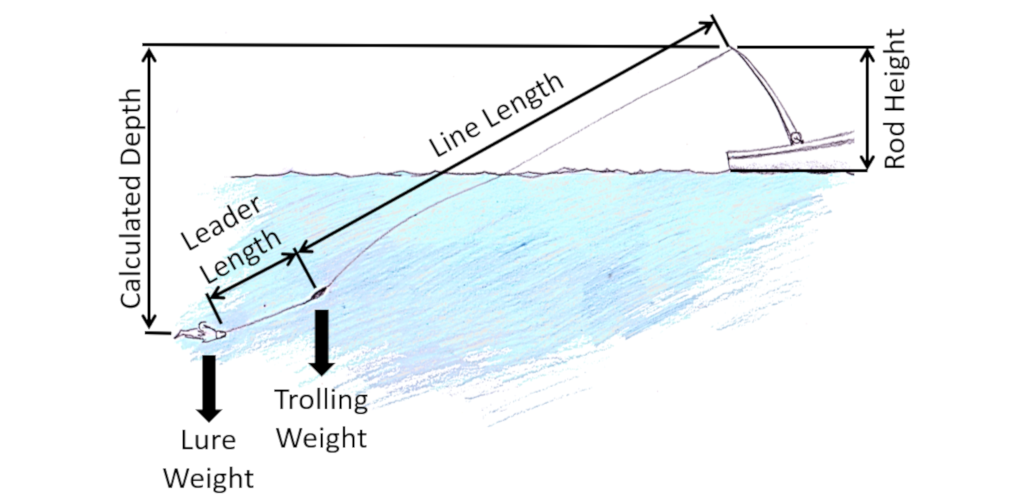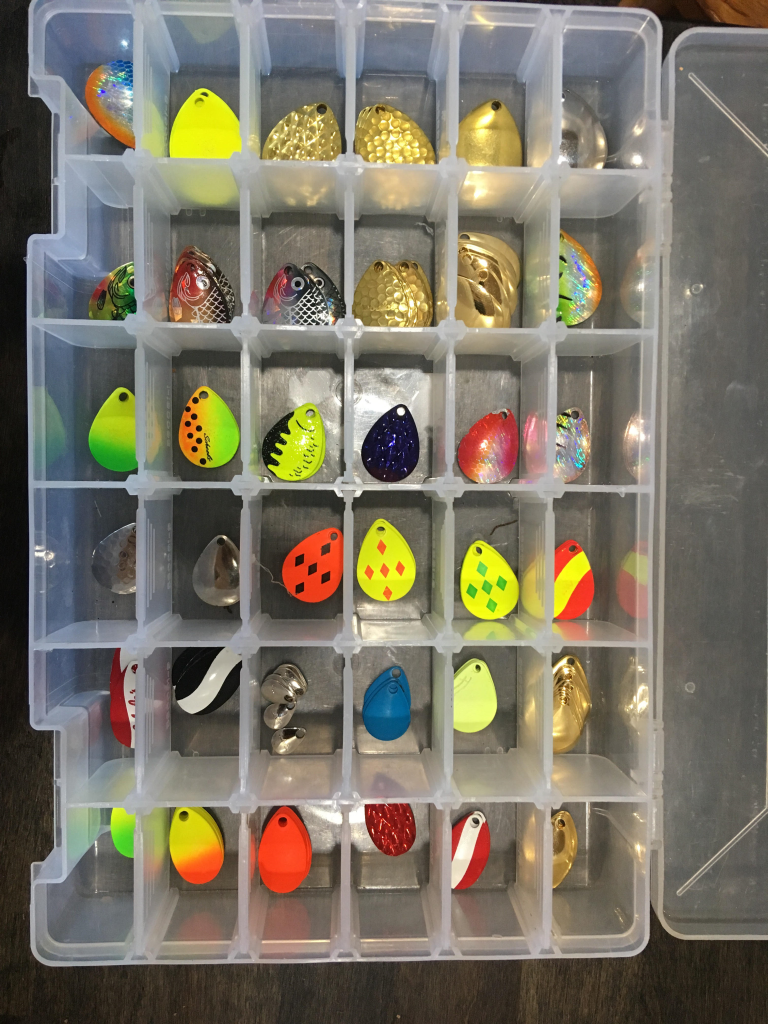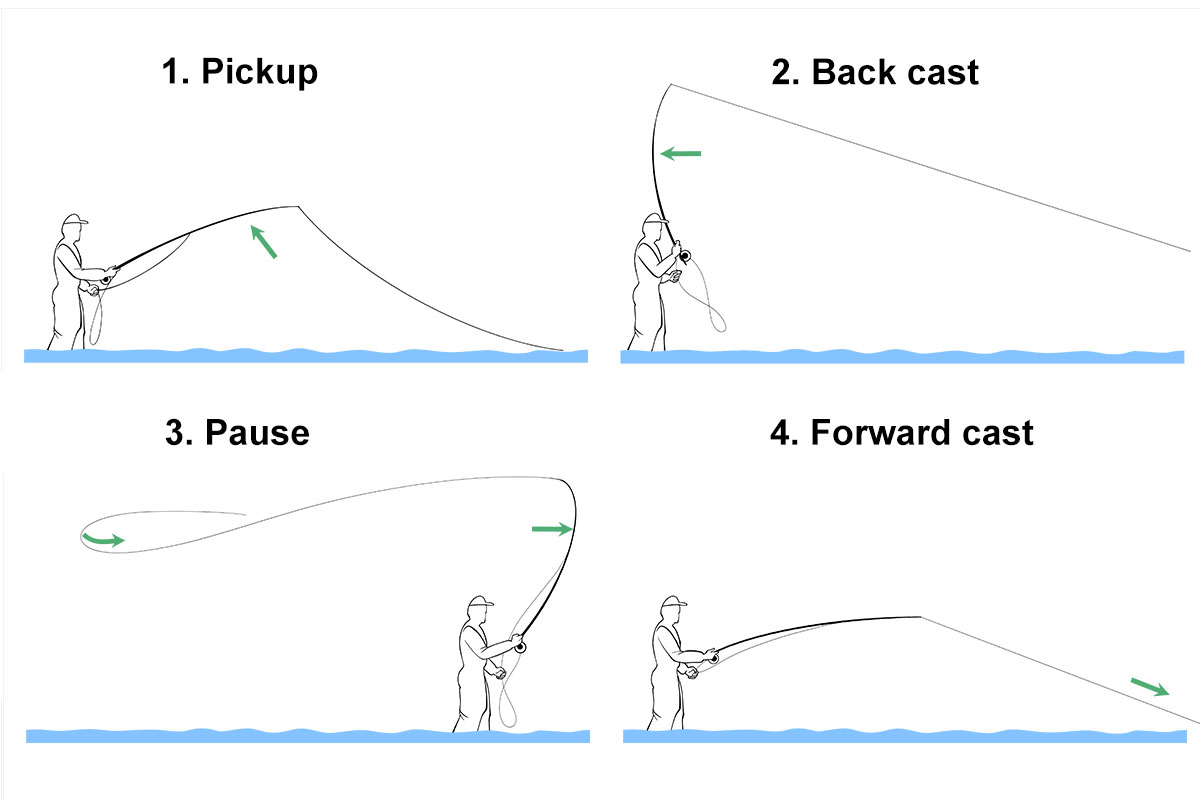Walleye fishing is a favorite activity for many anglers due to the fish’s elusive nature and delectable taste. To be successful, it’s essential to master various fishing techniques. This article covers key walleye fishing techniques such as trolling, jigging, using live bait, bottom bouncing, slip bobber rigging, and casting and retrieving.
Trolling
Trolling is a highly effective technique that involves dragging lures behind a moving boat to cover large water areas and locate schools of walleye.
- Trolling Speed and Depth: The optimal trolling speed for walleye is between 1 and 2 miles per hour. Using a depth finder, you can determine the depth at which walleye are schooling, typically between 30 to 75 feet after the spring spawning period. Adjust your lure depth using weights or divers to match the walleye’s current depth.

- Lures for Trolling: Minnowbaits and crankbaits are excellent choices for trolling. These lures should mimic the natural prey of walleye. For example, minnowbaits can be trolled at different depths to locate active fish. If fishing in murky waters, bright-colored crankbaits can help attract walleye. Trolling with planer boards can also spread out your lures, allowing you to cover more water and increase your chances of success.
Jigging
Jigging is particularly effective for catching walleye in cooler water and during early spring when walleye are closer to shore.
- Jig Types: Use lead head jigs, hair jigs, or curly-tail grubs. Tipping jigs with live bait such as minnows can make them more attractive to walleye. Lead head jigs are versatile and can be used with various soft plastics, while hair jigs offer a natural movement that can entice strikes.
- Technique: Drop the jig to the bottom and lift and lower it to mimic the movement of prey. Watch the line closely for subtle bites, as walleye often strike lightly. Vertical jigging is effective in deeper waters, while casting and retrieving jigs can cover more ground in shallow areas. Adjust the weight of your jig to match the water depth and current conditions.
Using Live Bait
Fishing with live bait is highly effective, especially in clear water conditions.
- Types of Live Bait: Nightcrawlers, leeches, and minnows are common choices for live bait. Each type has its own appeal depending on the season and water conditions. For instance, nightcrawlers are often used in warmer months, while minnows are a year-round favorite.
- Presentation: Use slip bobbers or bottom bouncers to present live bait naturally at the walleye’s feeding level. Ensure the bait is lively to attract the fish’s attention. Rigging a live bait setup with a slip sinker allows the bait to move freely, making it more enticing to walleye. In deeper waters, bottom bouncers can keep your bait close to the bottom where walleye tend to feed.
Bottom Bouncing
Bottom bouncing is useful in rivers or areas with a current, as it keeps the bait near the bottom where walleye are feeding.
- Setup: Attach a weight to the bottom of your line with a snell hook and live bait a few inches above. This rig helps maintain the bait’s position just off the bottom. Bottom bouncers are typically used with spinner rigs or live bait rigs, and the weight can vary depending on the depth and current strength.

- Technique: Drift or slowly move your boat with the current, allowing the weight to bounce along the bottom while the bait remains just above, enticing the walleye to strike. The key is to keep the bait moving naturally with the current, mimicking the behavior of prey. Adjust the weight and leader length to suit the fishing conditions.
Slip Bobber Rigging
Slip bobber rigs are versatile and effective for presenting live bait at various depths.
- Setup: Slide a bobber stop and bead onto your line, followed by a slip bobber. Attach a swivel below the bobber and add a leader with a hook and live bait. This setup allows you to easily adjust the fishing depth by moving the bobber stop.
- Technique: Adjust the bobber stop to set the depth at which your bait will be presented. This method is excellent for targeting walleye that are suspended at different depths. Slip bobber rigs are especially effective in calm waters and can be used to fish near structures where walleye may be hiding.
Casting and Retrieving
Casting and retrieving lures can be productive in shallow waters, especially during the early morning or late evening when walleye are more active.
- Lures: Crankbaits, jerkbaits, or soft plastics are effective. Use colors that mimic local baitfish or stand out in stained water to increase visibility and attractiveness. Crankbaits with a tight wobble action can mimic the movement of distressed prey, while jerkbaits offer an erratic action that can trigger strikes.
- Technique: Cast towards structures such as rocks, weed edges, or drop-offs. Retrieve with a stop-and-go motion to mimic the behavior of injured prey, which can trigger a predatory response in walleye. Vary the speed and depth of your retrieve to find the most effective presentation.

Mastering these techniques can significantly enhance your success in walleye fishing. Whether you prefer trolling, jigging, using live bait, or any other method, each technique offers unique advantages depending on the conditions. By understanding and applying these methods, you can adapt to the walleye’s behavior and increase your chances of landing this prized fish

Robert Smith is the proud owner of Bait Barrels and Bows, a premier fishing sports store established in 1989. With over three decades of experience in the industry, Robert has honed his skills to become an expert angler, sharing his vast knowledge and passion for fishing with enthusiasts around the world. Through his store and writings, Robert provides invaluable tips and guidance, helping both novice and seasoned anglers improve their techniques and enjoy the sport to its fullest. His commitment to the fishing community is evident in his dedication to quality products and excellent customer service.

